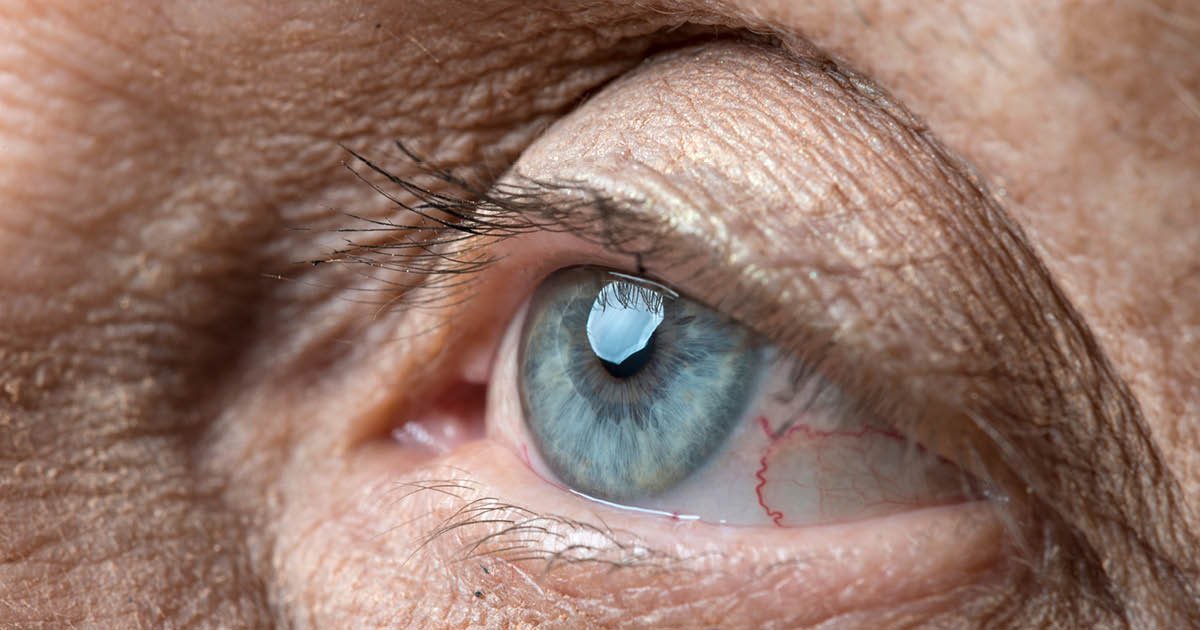October 06, 2025
2 min read
Key takeaways:
- An IOL with a violet light filter yielded less halo and starburst at 1 month vs. an IOL with an ultraviolet light filter.
- By 6 months, the difference in dysphotopsias between the IOLs was not significant.
Patients implanted with the Tecnis Symfony OptiBlue IOL, which includes a violet light filter, reported fewer dysphotopsias at 1 month vs. those implanted with the Tecnis Symfony IOL, which includes an ultraviolet light filter.
“Extended depth of focus and multifocal intraocular lenses are associated with nighttime

Data derived from Chang DH, et al. Ophthalmol Ther. 2024;doi:10.1007/s40123-024-01056-0.
dysphotopsias that can be significant to overall patient satisfaction and functional vision,” Daniel H. Chang, MD, of Empire Eye and Laser Center, Bakersfield, California, and colleagues wrote in Ophthalmology and Therapy. “Violet light filtration has been shown to reduce nighttime dysphotopsia symptoms in pseudophakic patients.”
The prospective, bilateral, comparative, masked, randomized study included 60 patients assigned 1:1 to implantation with either Tecnis Symfony OptiBlue (models ZXR00V and ZXW150) or Tecnis Symfony (models ZXR00 and ZXT150) (all Johnson & Johnson Vision). The primary endpoint was patient-reported nighttime dysphotopsia symptoms at 6 months as measured by the Patient-Reported Visual Symptoms Questionnaire, and secondary endpoints included 10% and 25% low contrast visual acuity with glare and patient satisfaction.
Overall, both groups experienced “excellent” visual outcomes and patient satisfaction. Patients who received the lenses with the violet light filter reported “significantly less difficulty” related to halo (P = .016) and starburst (P = .028) at 1 month vs. those who received lenses with the ultraviolet light filter. However, the differences in difficulty with dysphotopsias were no longer significant by 6 months.
There were no statistically significant differences in mean monocular photopic uncorrected distance visual acuity, best corrected distance visual acuity, uncorrected near visual acuity or distance corrected near visual acuity between the two groups at 6 months. Patients in the violet light filter group trended toward better low contrast visual acuity and patient satisfaction overall, but the difference was not statistically significant.
“Violet light filtration and manufacturing changes demonstrated small but significant improvements in the clinical performance of the Tecnis Symfony OptiBlue IOL over the Tecnis Symfony IOL,” Chang and colleagues wrote. “In particular, the Tecnis Symfony OptiBlue IOL reduces light scatter and thus dysphotopsia symptoms earlier in the postoperative period. Although clinical significance was not reached, the trend toward
clinical benefit in low contrast acuity warrants further investigation with modalities that offer additional contrast and glare testing levels.”











